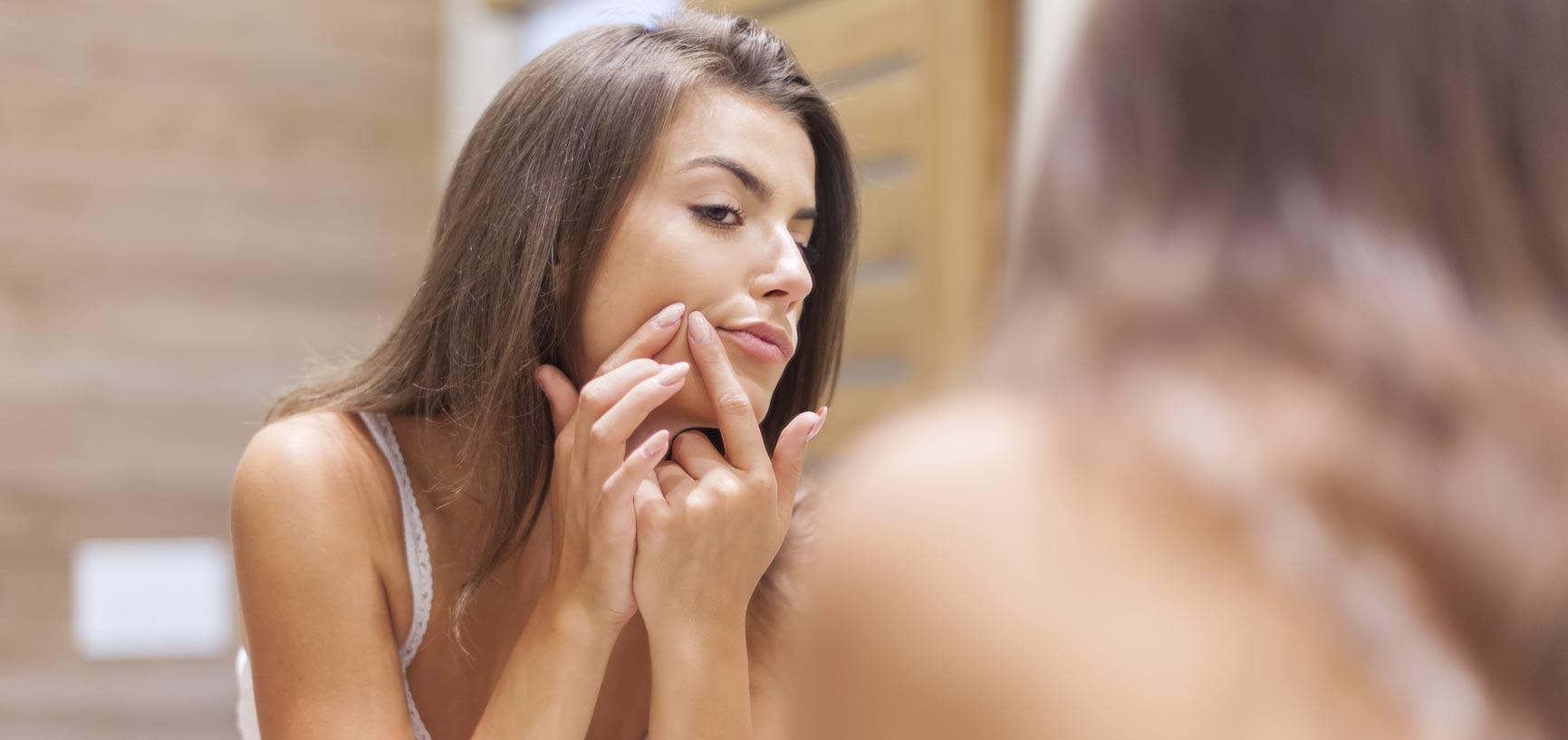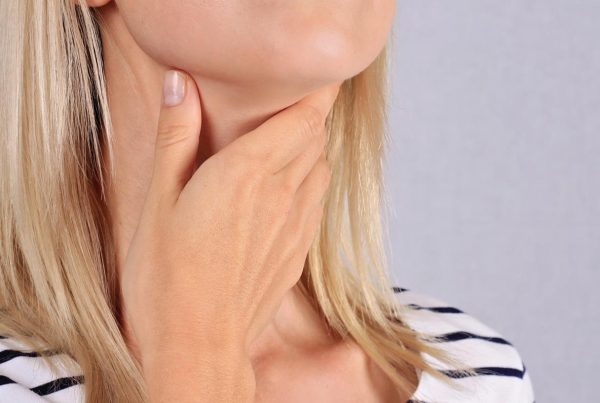There’s a fascinating discovery in the works about lower back pain and how it might be helped. New research suggests that a percentage of chronic lower back pain could be caused by bacteria, and that many people with lower back pain following a herniated disc and swelling in the spine could find relief by taking an antibiotic. Not what you would think and not in the vain of natural remedies, but it’s interesting nevertheless. The same bacterium that can cause painful pustules in teenage acne has previously been linked to heart shunt infections and even problems with prosthetic joints. Now it seems that this same infection may contribute to ongoing back pain. Does this mean everyone with chronic low back pain should ask their doctor for antibiotics? Not so fast, experts warn; but, they add, this study was well designed and should not be dismissed. Researchers have uncovered an area of spine health that needs to be investigated further.
For decades, medical researchers have sought more effective ways to treat back pain, one of the most common causes of doctor visits and missed work. It is often caused by problems with intervertebral discs that provide a natural cushion between the bones of the back (vertebrae). Age and stress on the back can cause the discs to bulge out from between the bones or leak the jelly-like material inside — a condition known as a slipped or herniated disc. In some case, a slipped disc puts pressure on nerves of the spine, causing pain. Slipping a disc is, by all accounts, excruciating, but it usually starts to heal by 6-8 weeks. However, someone can be diagnosed with chronic back pain (CBP) when the pain doesn’t subside after three months!
Bacteria like P. acnes get into our bloodstream all the time, particularly when we brush our teeth or squeeze spots. Normally they cause no harm, but the situation may change when a person suffers a slipped disc. P. acnes and other similar bacteria don’t like oxygen-rich environments and so don’t usually grow inside us. The spinal disc doesn’t have a lot of oxygen around, providing a perfect home for the bacteria. To heal the damage, the body grows small blood vessels into the disc. Rather than helping, though, they ferry bacteria inside, where they grow and cause serious inflammation and damage to neighboring vertebrae and this shows up on an MRI scan. A research team in Denmark examined tissue removed from patients for signs of infection. Nearly half tested positive, and of these, more than 80% carried the P. acnes bugs.
In a study published in the European Spine Journal, the scientists proved they could reduce the chronic back pain with a 100-day course of antibiotics. In a randomised trial, the drugs reduced pain in 80% of patients who had suffered for more than six months and had signs of damaged vertebra under MRI scans. When the trial began, 73.5 percent of the patients reported being in constant pain. After the course of antibiotics was completed, only 19.5 percent did. For pain reduction, this is a better result than what customarily is achieved by back surgery
This new recent research opens the door to an entirely new way to alleviate back pain. Clinicians stress that antibiotics will not work for all back pain. Over-use of the drugs could lead to more antibiotic-resistant bacteria, which is already a major problem in hospitals. But for many patients antibiotics may alleviate their pain and be more effective than having surgery.
Link to Study: https://link.springer.com/article/10.1007%2Fs00586-013-2674-z
Who is NaturalPainRelief.com and Why Do We Exist?
The research and editorial teams at NaturalPainRelief.com are committed to helping those suffering from pain to find alternative science-based solutions free from addictive drug treatments and invasive procedures.



